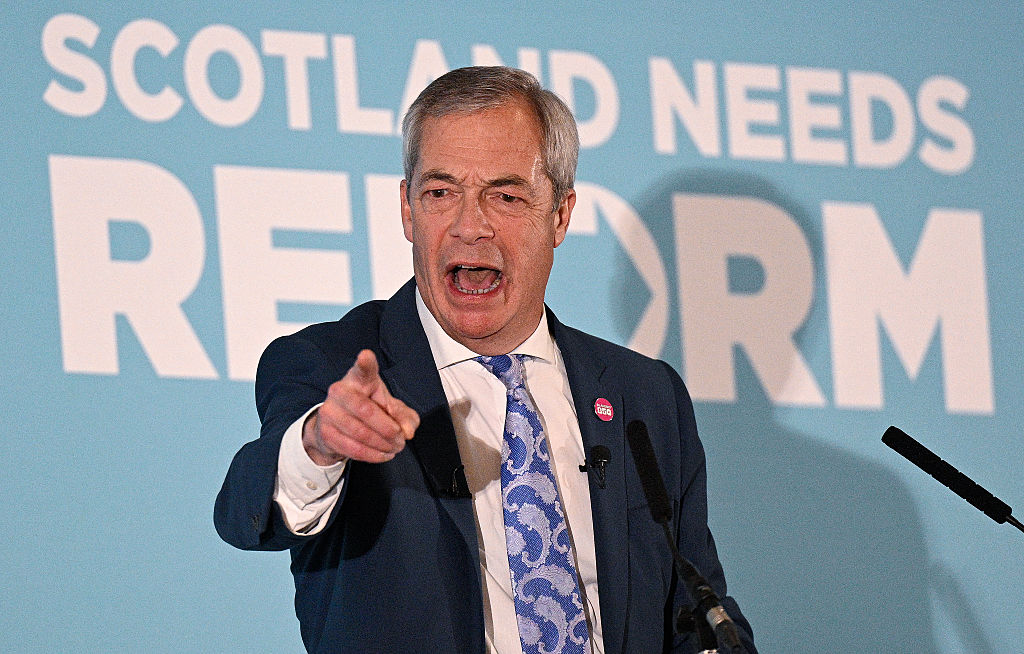Why gold bugs will get bitten by deflation
With commodities no longer driving inflation, deflation is a very real risk. This has huge implications for investors with big holdings in gold. James Ferguson explains why he believes the gold price is due for a fall.
A few weeks ago, I argued that inflation was no threat. At the time this may have seemed a little foolhardy. Britain's Consumer Price Index (CPI) inflation rate came in at 4.7% in August, the highest in more than 16 years. July's output Producer Price Index (PPI) inflation (manufacturers' selling prices) went above 10% for the first time in more than 25 years, while input PPI inflation (manufacturers' costs) hit a 35-year high of 31% in June. But I was focusing on the storm clouds of the credit crunch and impending recession, and recent events suggest I was right to although the turnaround has happened even more quickly than I expected. Now most pundits agree that disinflation looks a best-case scenario; and outright deflation is a very real risk.
This has huge implications for investors. While I had been imploring investors to buy gilts, preferably short-dated ones, the bond market has since gone vertical. The yield on one-year gilts, which had been 5.5% in mid-June (when the bond market was most worried about inflation) and 4.6% three weeks ago, is now just 3.5% and falling fast. While gilts rocket (prices move in the opposite direction to yields), money is pouring out of the commodity markets. Manufacturers' costs had been driven higher at first by industrial metals prices soaring during 2006-2007. But most of these ran out of steam some time ago. In fact, the contribution to inflation from industrial metals had become negative by this summer, and they are now trading well below their peaks. As I write, nickel is 72% below its peak, zinc is down 66%, lead 58%, stainless steel is 54% lower than it was, and copper, the king of industrial metals, is 37% off its peak.
The mantle had this year instead been taken up by food and oil. Remember all the hysterical talk about food shortages and food-cost inflation for years to come? I know, it seems like a distant memory already, but trust me it was only in July that soya prices peaked out, for example. Despite my own lack of knowledge on the subject, it seemed to me at the time, as it does now, that food shortages only last until the next harvest can be brought in and warehouse inventories re-stocked. And so it has proved. Wheat prices have more than halved. Corn and soya prices almost have, and even rice is 23% cheaper than it was quite recently.
MoneyWeek
Subscribe to MoneyWeek today and get your first six magazine issues absolutely FREE

Sign up to Money Morning
Don't miss the latest investment and personal finances news, market analysis, plus money-saving tips with our free twice-daily newsletter
Don't miss the latest investment and personal finances news, market analysis, plus money-saving tips with our free twice-daily newsletter
With food prices in freefall, the only remaining commodity driving inflation was oil. But even the mighty black stuff is collapsing as prospects for global demand get worse. Since 11 July, when West Texas Intermediate briefly traded at $146.30 a barrel, oil has fallen 39%. Oil is now just under $90 a barrel, the same price it was on 18 October last year. In just over a week's time, oil will be exerting no upward year-on-year pressure on inflation at all.
So, without oil and food driving it, where will the inflation pressures that had put PPI above 30% in summer be coming from? Answer: there aren't any. When inflation was being driven by such a narrow range of sources, it always ran the risk of rising very fast, but that holds true for the downside too. Kick away both legs from under the inflation statistics and inflation is set to fall and fall hard. Back in November 1990, as the US was entering its last consumer recession, PPI topped out at 7%. Exactly a year later, it was negative (see chart). I believe we could see just such a dramatic evaporation of inflation pressures over the next 12 months.
Ah,' I hear you say, but what about gold?' Even though precious metals hardly make a dent in the inflation data, they do inform inflation expectations. But even here, prices are in freefall. Palladium has dropped by two thirds, platinum is down 58% and silver has almost halved. Only gold bucks the trend, as the sole major commodity holding up in this climate, just 14% lower than its March high. Is this a sign of strength, or is gold merely lagging the inevitable, supported by its traditional safe-haven status?
The answer, I believe, lies in its relationship with silver (close and positively correlated) and real interest rates (equally close but negatively correlated). The silver price is already pointing to a much lower price of gold (around $600 an ounce) but very low, or even negative real interest rates (nominal rates are low and inflation is high) still argue for a strong gold price. This is where the inflation outlook is so important. Lower commodity prices will drive inflation out of the system. Bond market investors, traditionally the most sophisticated on the planet, know it. These very sharp rises in bond prices aren't supportive of gold. Instead, they reflect a sharply deflationary wind blowing through the world economies. As inflation statistics fall away, real interest rates will rise and gold will join its peers on the slippery slope.
Gold bugs also claim the yellow metal will prove the natural alternative to the US dollar as the US economic system crumbles. But in times of trouble, funds flow towards the most liquid assets. The dollar may have many faults but illiquidity isn't one of them. As the rest of the world's economies look like they'll suffer just as much as America's, funds are flowing back Stateside. The dollar is already up 14.5% from its mid-July low against a trade-weighted basket of currencies. I know I'm at odds with the rest of the MoneyWeek team on this, but buying gold, the great inflation hedge, just ahead of a great deflation, seems a triumph of faith over logic.
James Ferguson is an economist and stockbroker at Pali International. He also runs the Model Investor investment advisory service.
Get the latest financial news, insights and expert analysis from our award-winning MoneyWeek team, to help you understand what really matters when it comes to your finances.
James Ferguson qualified with an MA (Hons) in economics from Edinburgh University in 1985. For the last 21 years he has had a high-powered career in institutional stock broking, specialising in equities, working for Nomura, Robert Fleming, SBC Warburg, Dresdner Kleinwort Wasserstein and Mitsubishi Securities.
-
 MoneyWeek news quiz: How much will a 2026 FIFA World Cup final ticket cost?
MoneyWeek news quiz: How much will a 2026 FIFA World Cup final ticket cost?Quiz The 2026 World Cup, Netflix, and the cost of care all made headlines this week. How closely were you following this week’s top stories?
-
 Christopher Harborne: Reform UK donor and crypto billionaire
Christopher Harborne: Reform UK donor and crypto billionaireChristopher Harborne came into the spotlight when it emerged he had given £9 million to Nigel Farage's Reform UK. How did he make his millions?